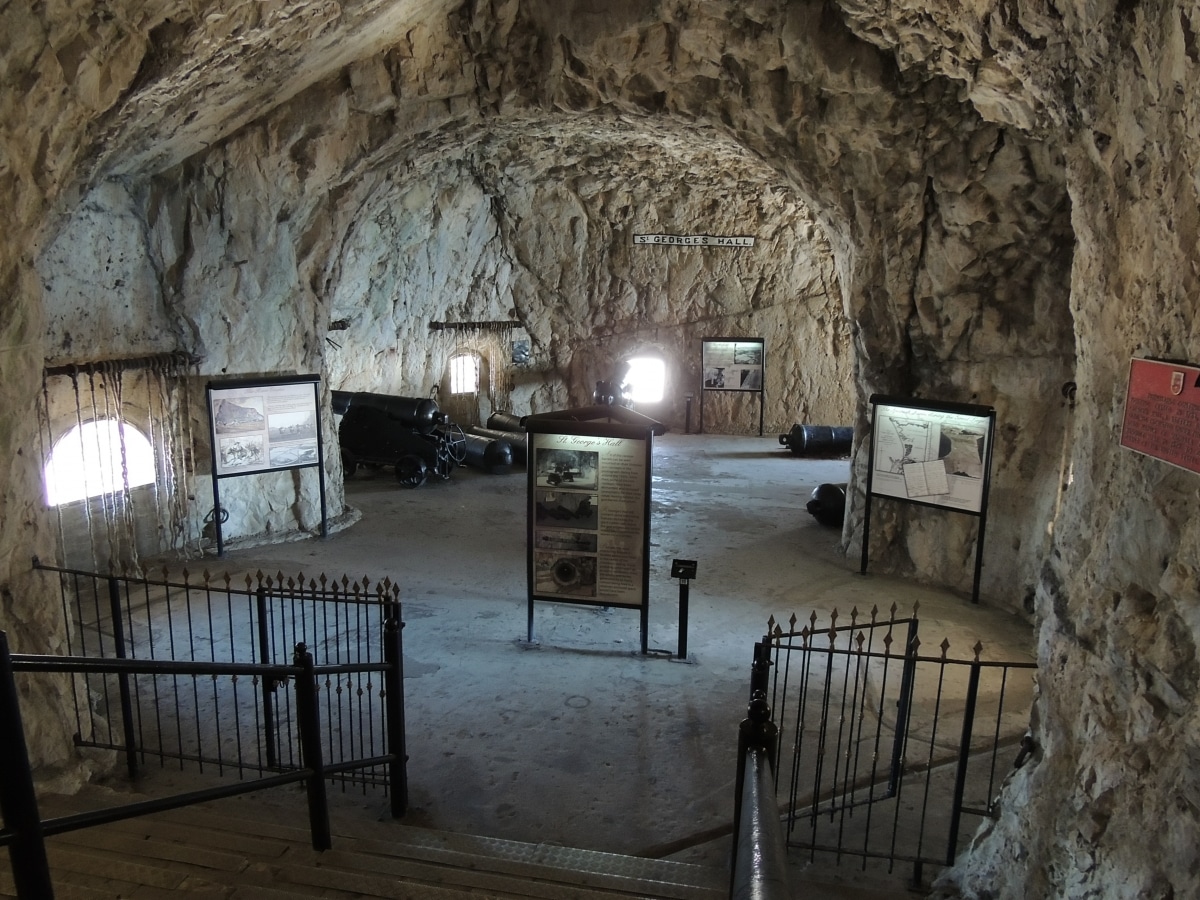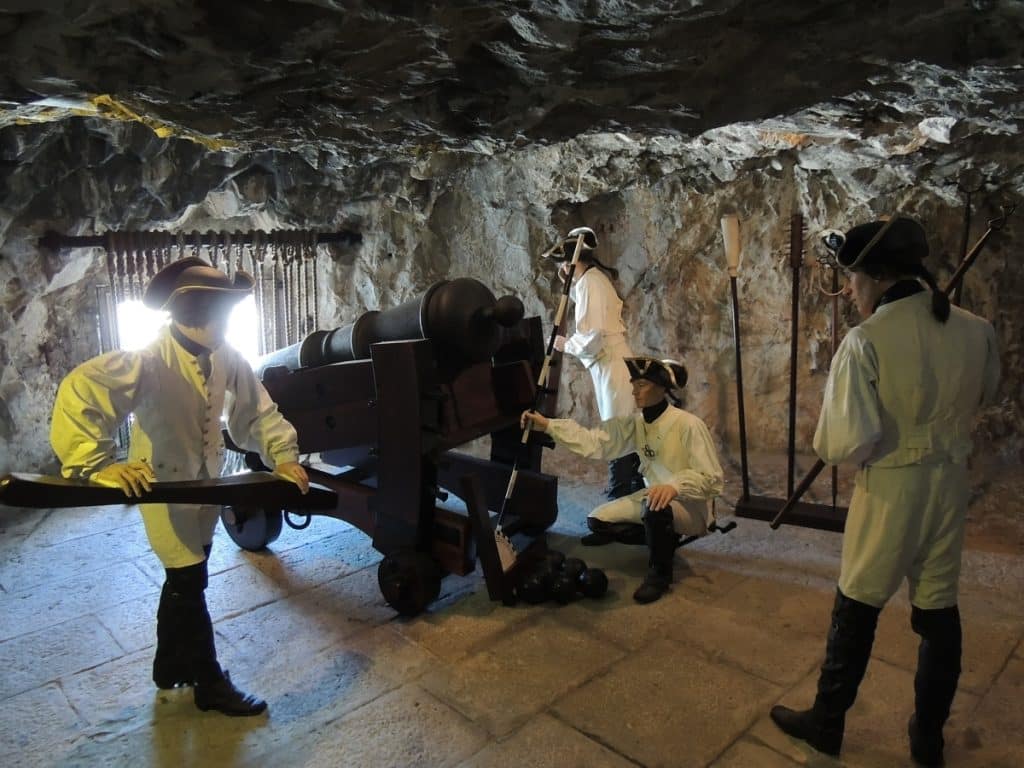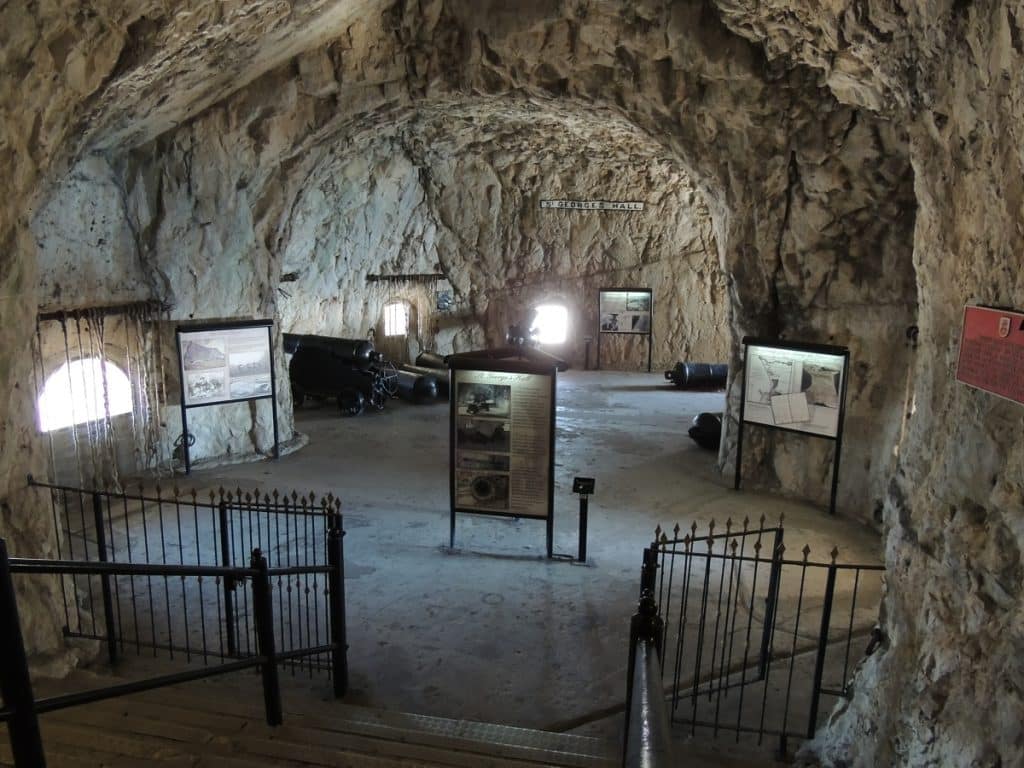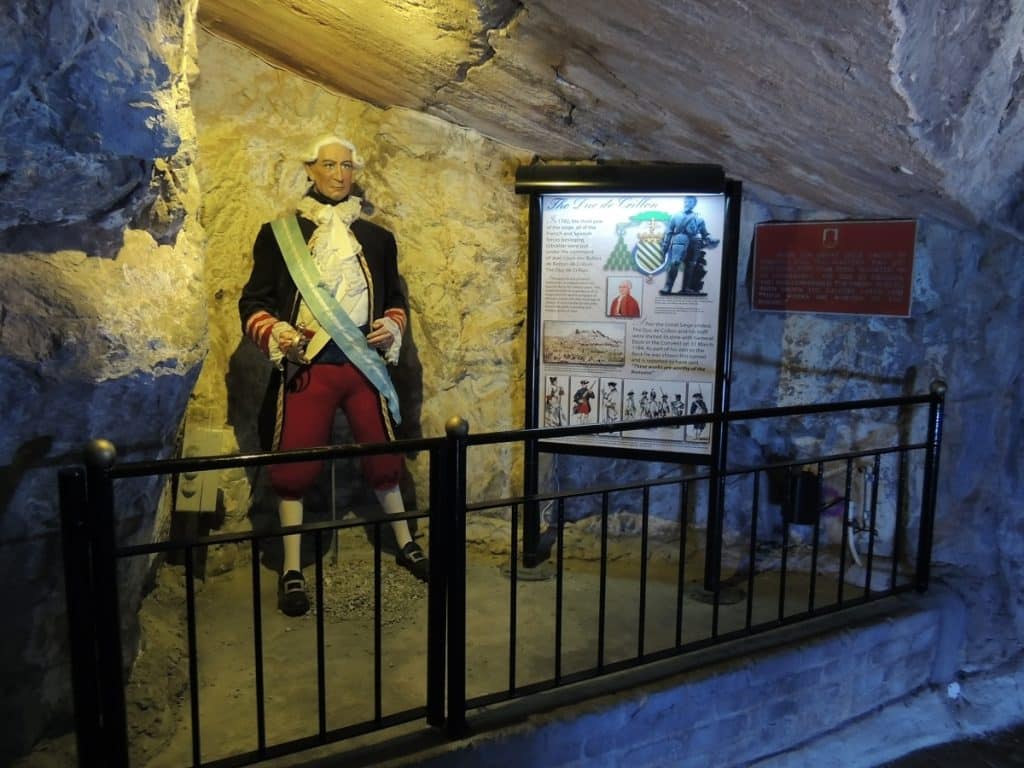
Exploring the Great Siege Tunnels: Secrets of Gibraltar
In this Article
1. Introduction
2. Gibraltar’s History and the Siege of Gibraltar
3. The Construction of the Great Siege Tunnels
4. World War II and the Great Siege Tunnels
5. Experience the Great Siege Tunnels Today
6. Conclusion
Introduction
Nestled into the famous Rock of the British Overseas Territory, Gibraltar, the Great Siege tunnels offer a unique glimpse into the past. As you journey through the complex of tunnels, you will be sent back in time to the Great Siege of Gibraltar in the late 18th century and World War II. In this article, we will delve into the rich British military history of this popular heritage site, the tunnels’ significance, and why a visit to these tunnels is a must for any history enthusiast.
Gibraltar’s History and the Siege of Gibraltar
To fully appreciate the impressive nature of Gibraltar’s Great Siege Tunnels, it is essential to understand the historical context that surrounds their construction. The Great Siege of Gibraltar took place during the American Revolutionary War between France, Spain and Great Britain. It spanned the years between July 1779 and February 1783, and was the fourteenth and final attempt for Spain to seize control of Gibraltar from the British.
During the siege, both British and Spanish forces are known to have faced each other to the north of the Rock. The British used galleries to display gun batteries within the face of the Rock, using overlapping fire to dissuade any attacks. This defensive measure helped the British to block access to the city itself, cutting off the western side of the Rock and making use of the steeper eastern side with its more complex access restrictions.
The Construction of the Great Siege Tunnels
The siege highlighted a great need to cover a blind angle on the north-east side of the Rock. As a result, Sergeant-Major Henry Ince proposed the idea of digging a tunnel to allow easy access to this location, and construction began on 25th May 1782.
The initial tunnel was 82-foot long and took thirteen men approximately five weeks of manual labour. The tunnel was dug out using sledgehammers, crowbars and gunpowder blasts, whose fumes and dust greatly hindered the already treacherous process. To combat this, a new horizontal shaft was also created, to improve ventilation.
During the 19th century, the original cannons were replaced with more advanced equipment. An overview of these can still be viewed in the tunnels today, offering a rare glimpse into the technological advancements in weaponry over the years. Similarly, the original tunnels continued to expand over the centuries and, by 1790, almost 4,000 feet had been constructed.
World War II and the Great Siege Tunnels
During World War II, the Great Siege Tunnels’ importance was only renewed. They were used to ensure that the Rock could survive any potential siege and the network was yet again expanded, this time to be able to house a garrison of 16,000 men and supplies to last a year under siege.
As the war progressed, the Great Siege Tunnels were continuously repurposed. Their exact usage still remains a closely guarded secret, however it is believed that one of the tunnels was used to store a generator for Gibraltar’s searchlights. Additionally, the tunnels were further extended in two directions, including a staircase to connect the tunnels with other Second World War tunnels lower down in the Rock.
Experience the Great Siege Tunnels Today
Today, the Great Siege Tunnels make up a part of the Upper Rock Nature Reserve. Visitors can explore this historically important site and immerse themselves in the rich military heritage of Gibraltar. The detailed displays and atmospheric recreations allow tourists the chance to walk in the footsteps of the soldiers who used these tunnels to defend the Rock throughout the centuries.
The tunnels offer a unique and captivating experience for tourists of all ages. As you explore, you’ll gain great insight into how British military operations evolved over time and the challenges faced during both the Great Siege of Gibraltar and World War II.
Conclusion
A visit to Gibraltar’s Great Siege Tunnels takes you on a journey through time, offering a deep dive into the significance of Gibraltar as a British Overseas Territory. You can immerse yourself in the captivating stories of the past as you walk the tunnels, learn about the Great Siege of Gibraltar, and witness the stark impact of World War II.
Gibraltar’s rich history and heritage sites, such as the Great Siege Tunnels, offer a thrilling and educational experience for all the family. The Great Siege Tunnels serve as a testament to early military strength and ingenuity and offer a reminder of the resilience of those who worked and fought within them.
Don’t miss out on the opportunity to visit the Great Siege Tunnels and other local heritage sites during your next visit to Gibraltar.
Rock Monkey Tours offers two tours to take in the incredible Great Siege Tunnels. The first is a more compact tour. It spans three hours and also covers key Gibraltar sights such as Europa Point, the Pillars of Hercules, St Michael’s Cave and the Skywalk. For more adventurous travellers looking for a detailed introduction to Gibraltar, we also offer a six-hour tour that covers all key attractions on the Rock, as well as Main Street, Round the Rock 360 and the more rugged World War 2 Tunnels.
With expert guides ready to impart their extensive knowledge and take you to the very best viewpoints in Gibraltar, you are sure to enjoy a memorable experience with Rock Monkey Tours. For more information and to view full itineraries, visit our website: https://rockymonkey.gi/tours/
FAQ
The Great Siege Tunnels played a crucial role in the defense of Gibraltar during the Great Siege of 1779-1783. Carved out of solid limestone, these tunnels provided strategic vantage points for British forces to counter enemy attacks.
The Great Siege Tunnels are well preserved and safe for visitors. There are comfortable stairs and handrails, as well as modern facilities and informative warning signs to ensure a safe and informative exploration of this historic site.
While the Windsor Galleries are not part of the Great Siege Tunnels, they are a separate network of tunnels created during World War II. Exploring both sets of tunnels offers a comprehensive understanding of Gibraltar’s military defenses across different periods.
The Great Siege Tunnels were primarily carved by soldiers and convicts during the Great Siege. Led by military engineers, the labor-intensive process involved manual excavation using basic tools. The determination of those involved in the construction highlights the strategic importance of these tunnels.
The Great Siege Tunnels are well-preserved and safe for visitors. Modern amenities, guided tours, and informational displays ensure a secure and enlightening exploration of this historical site.
Yes, the Great Siege Tunnels are part of the Rocky Monkey guided tours Option 2 and Option 3. Visitors can delve into the rich history and resilience of Gibraltar, gaining a firsthand experience of the strategic tunnels that played a pivotal role in its defense.









